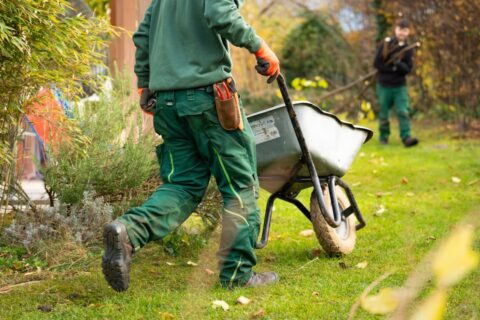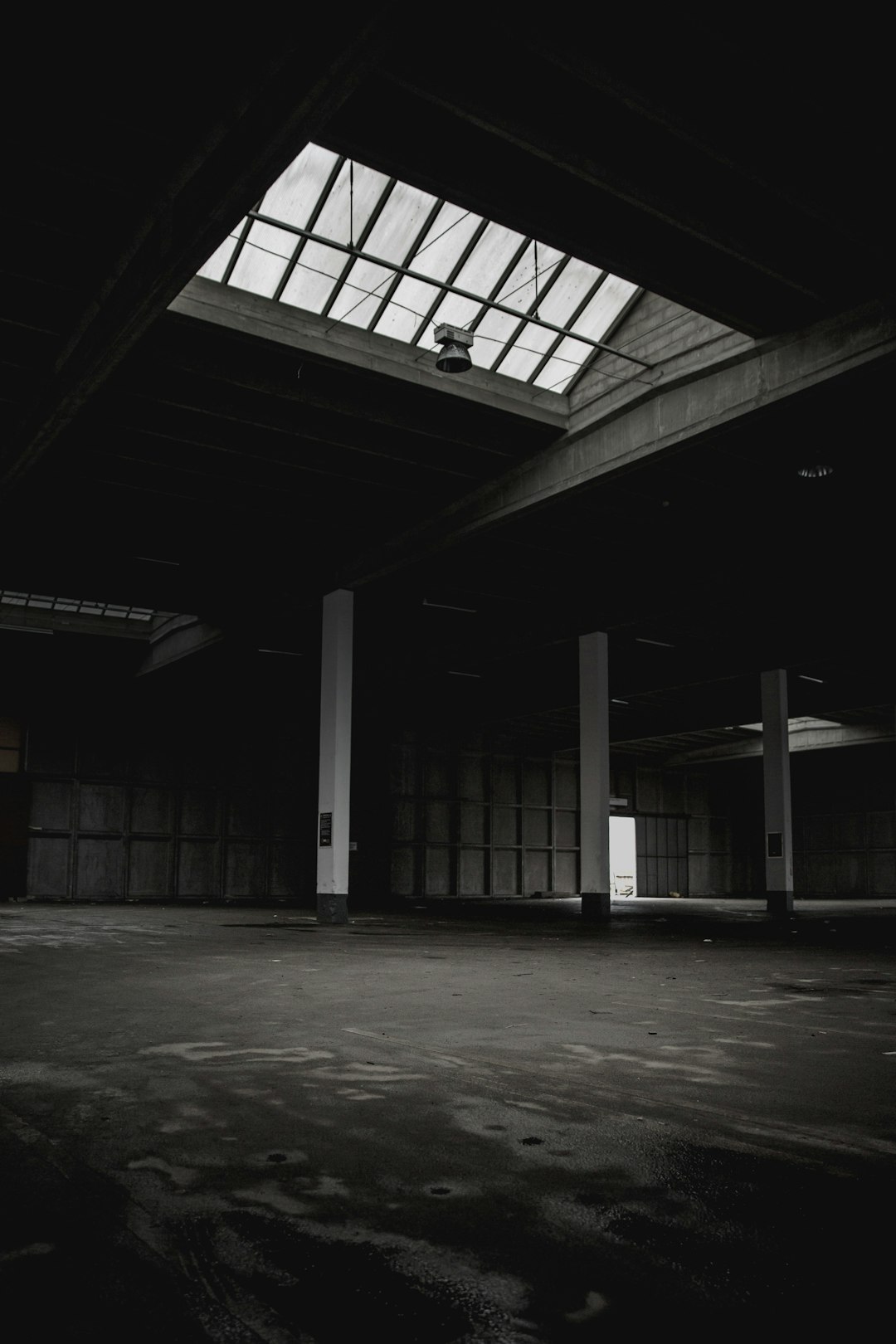For many homeowners, a swimming pool is a source of joy and relaxation during warm weather months. However, without proper swimming pool waterproofing, your pool can turn into a source of frustration and a money pit. Waterproofing your pool prevents leaks, protects the structure of your pool, and extends its longevity.
When it comes to swimming pool waterproofing, there are several options to consider. One of the most common methods is applying a waterproof membrane to the concrete shell of the pool. This membrane, made of rubber or plastic, creates a watertight barrier that prevents water from seeping through.
Another option is cementitious waterproofing. This involves applying a waterproof cement-like material to the concrete shell of the pool. When mixed with water, the material forms a thick, waterproof coating that fills in cracks and gaps.
Both of these methods are effective in preventing leaks and providing swimming pool waterproofing, but they do have some drawbacks. The membrane method can be costly, and if not applied correctly, it can peel away from the surface of the pool over time. Cementitious waterproofing can also be expensive, and if not applied correctly, it can crack and fail over time.
If you are looking for an alternative to these methods, a fiberglass pool shell may be the solution. Fiberglass pools are made of a one-piece shell that is factory-molded and delivered to your property, making installation quick and easy. Fiberglass is naturally waterproof and resistant to cracks, which means that it doesn’t require additional waterproofing.
While fiberglass shells can be a bit pricier than traditional concrete pools, their low-maintenance needs and their durability over time can make them a worthwhile investment. However, if you already have a concrete pool, there are a few other swimming pool waterproofing tips to keep in mind.
Regular maintenance is key to ensuring the longevity of your pool structure. Keep an eye out for any cracks or gaps in the pool’s surface, and repair them immediately. Also, be mindful of any trees or shrubs that may be growing around the pool area. The roots of these plants can grow under the pool and damage the structure.
It may be tempting to drain your pool to repair any cracks or leaks, but this can actually cause more damage. When pools are emptied, the pressure from the groundwater beneath the pool can cause the structure to shift and crack. Even a small amount of water in the pool can help equalize the pressure and prevent damage.
Another way to prevent leaks is to ensure that your pool’s plumbing system is functioning properly. Check for any leaks in the pipes and repair them immediately. Also, make sure that your pool’s filtration system is working correctly, as a clogged filter can cause water pressure to build up and damage the pool structure.
Swimming pool waterproofing is essential for the longevity and functionality of your pool. Whether you choose a waterproof membrane, cementitious waterproofing, or a fiberglass pool shell, it’s important to properly maintain your pool and address any issues as soon as possible. By taking these precautions, you can ensure that your swimming pool brings you joy and relaxation for years to come.










